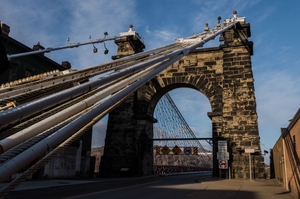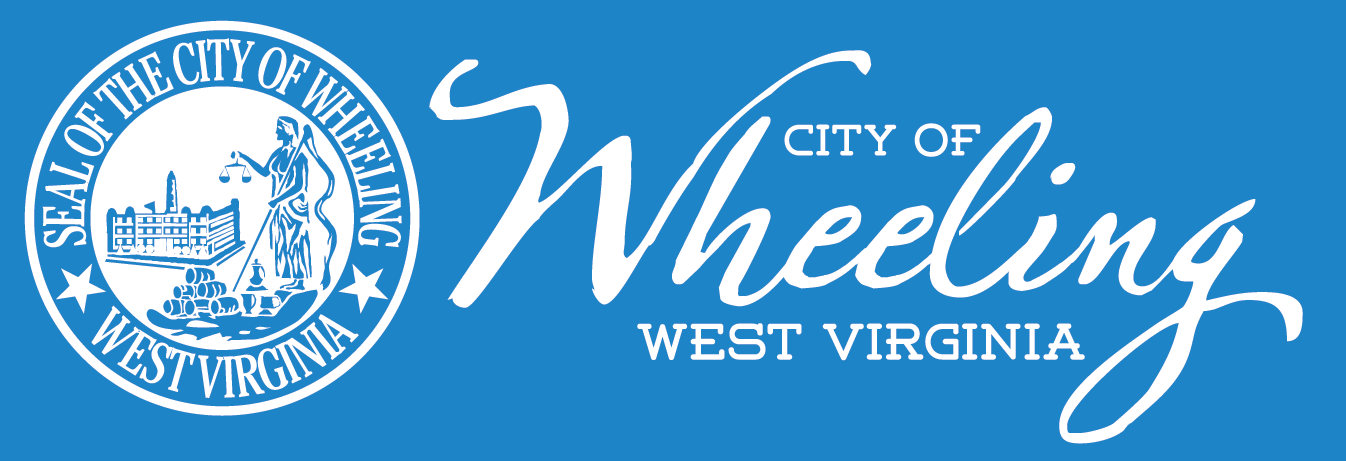
Wheeling’s roots stretch back to 1769, when Colonel Ebenezer Zane carved a homestead along the banks of the Ohio River. His settlement grew around Fort Henry, constructed in 1774 by Captain William Crawford and Virginia militiamen. This frontier outpost became a crucial stronghold during the American Revolution and a beacon of resilience on the edge of the western wilderness.
By the early 1800s, Wheeling had blossomed into a bustling river town, thanks to its strategic location along the Ohio River—one of the nation’s major arteries of trade. Its importance soared in 1818, when the National Road, America’s first federally funded highway, reached the city from Cumberland, Maryland. Wheeling quickly became known as the "Gateway to the West," linking eastern cities with the developing frontier and serving as a key hub for pioneers, merchants, and travelers heading into the heartland.
Wheeling was officially established as a town in 1795 and incorporated in 1836 by a charter from the Virginia General Assembly. But its most defining moment came during the Civil War, when Wheeling stood firmly with the Union. On May 13, 1861, delegates from northwestern Virginia gathered in the city to oppose secession from the United States. Their actions gave rise to a bold and historic outcome: the birth of a new state. On June 20, 1863, West Virginia was admitted to the Union, with Wheeling as its first capital.
Although the state capital moved briefly to Charleston in 1870, it returned to Wheeling in 1875 before permanently relocating back to Charleston in 1885. During this era, Wheeling thrived as an industrial powerhouse. Fueled by its location and rich natural resources, the city became home to iron and steel mills, glass factories, cigar production, and its most iconic industry—cut iron nails, earning it the proud title of “Nail Capital of the World.”
By the late 19th century, Wheeling’s booming economy made it one of the wealthiest cities per capita in the nation. Evidence of this golden age can still be seen today in the city’s stunning architecture—grand Victorian mansions, stately public buildings, and ornate churches that stand as enduring monuments to a time of extraordinary prosperity.
From its founding as a frontier settlement to its role in shaping a state and fueling the industrial engine of America, Wheeling’s legacy is one of resilience, innovation, and pride.
For more about our heritage, please visit one of private sector partners, Wheeling Heritage or the Ohio County Public Library.

